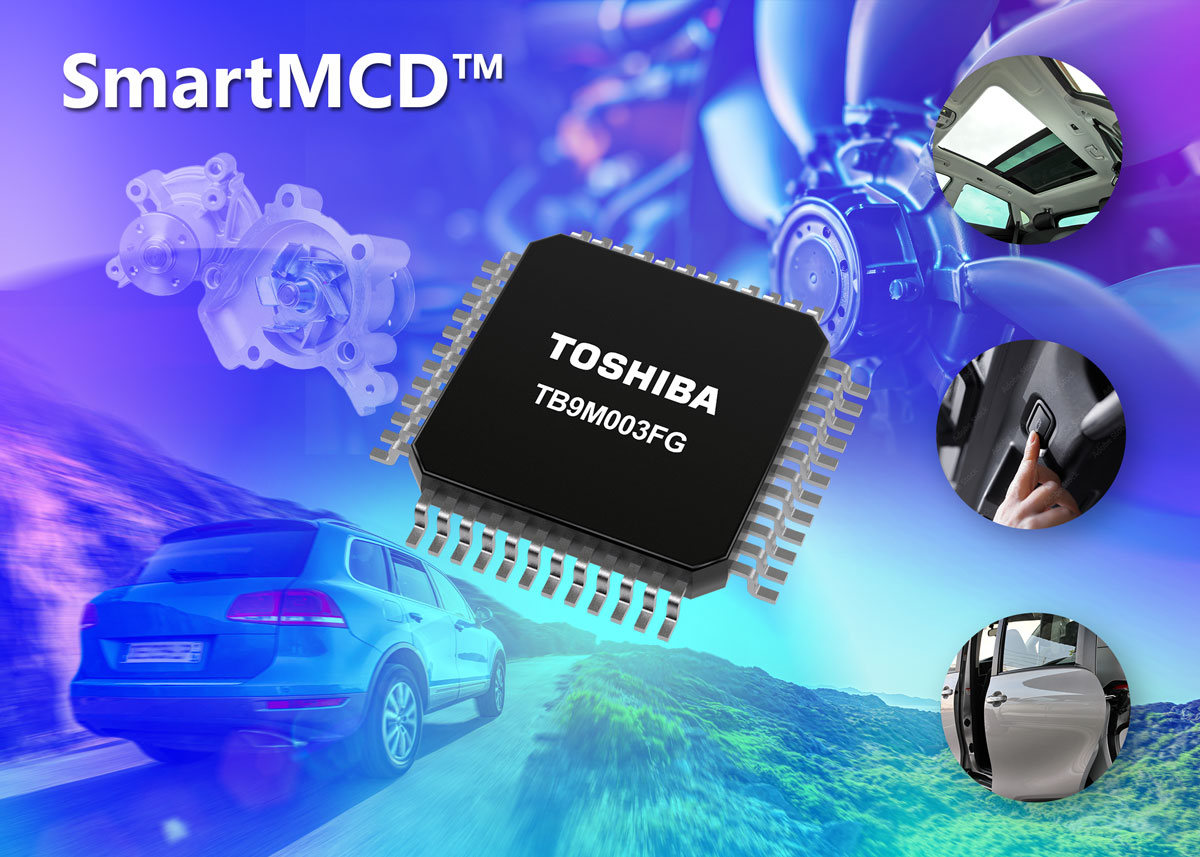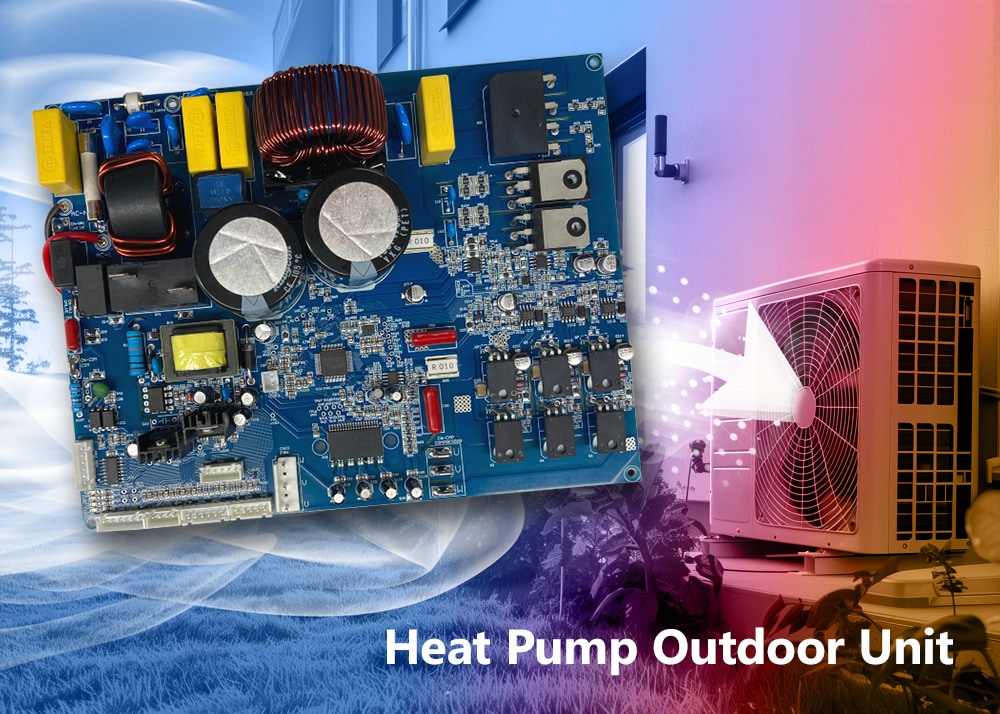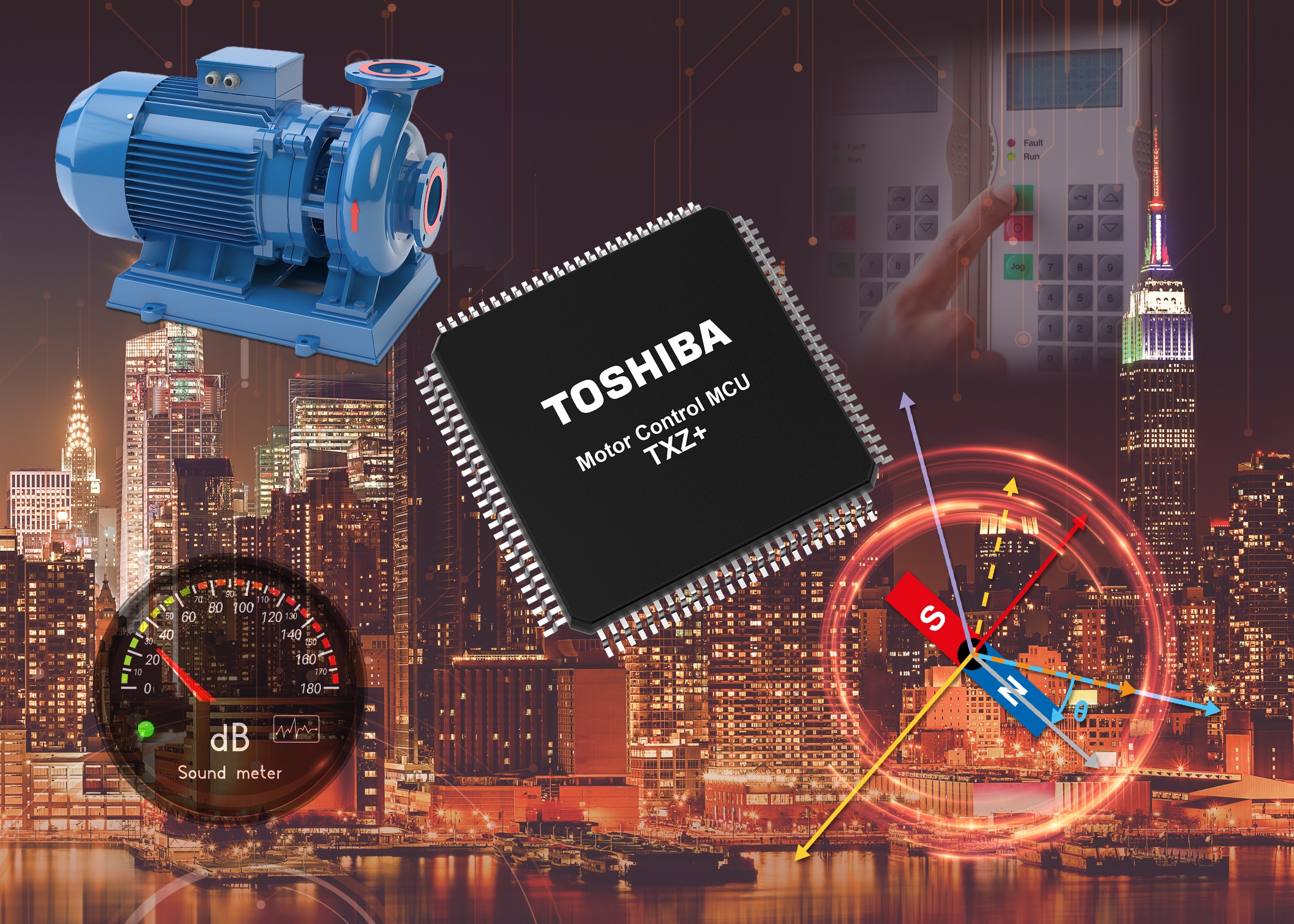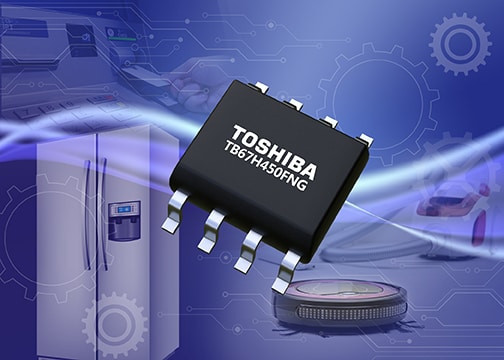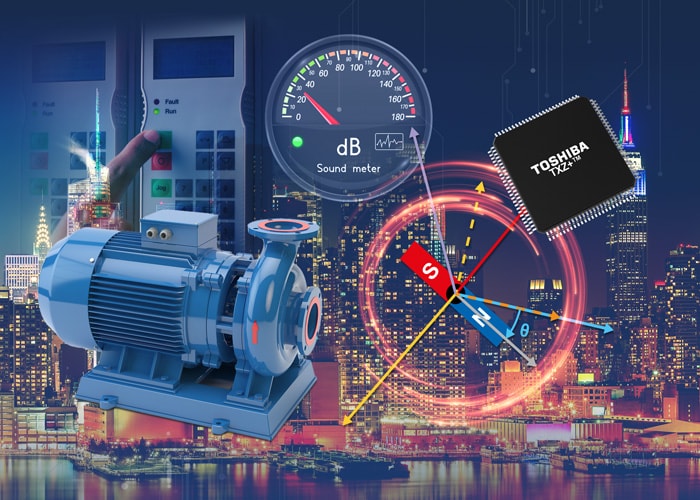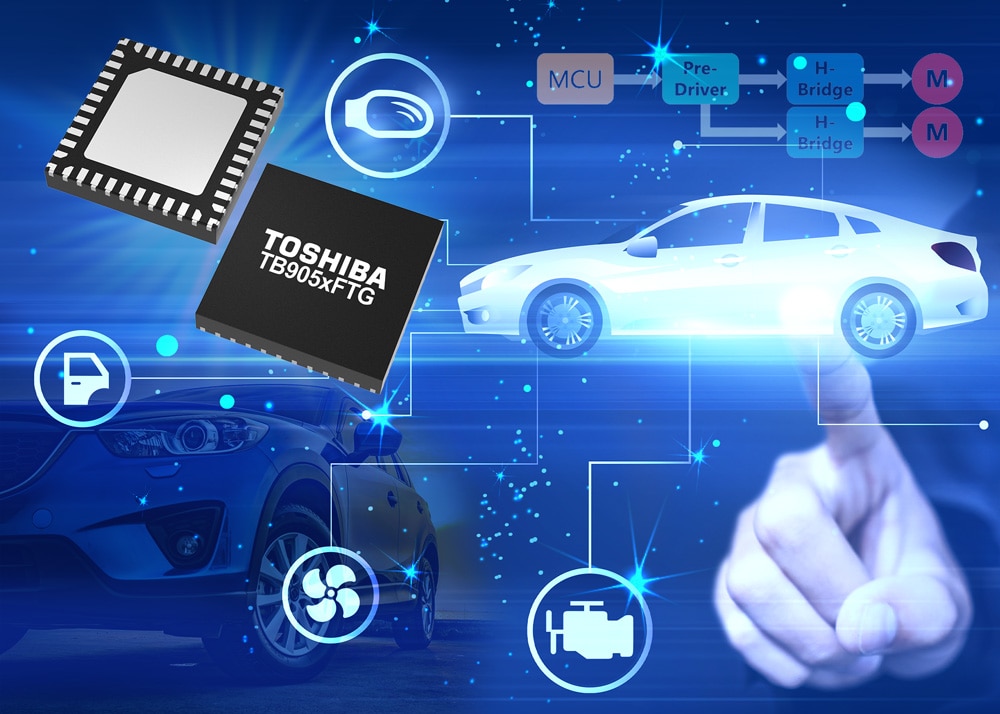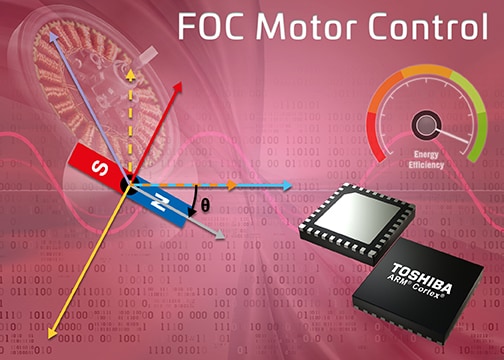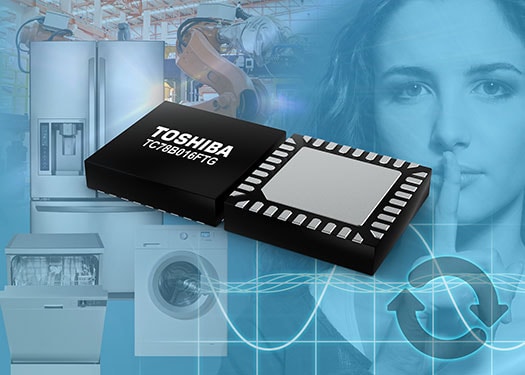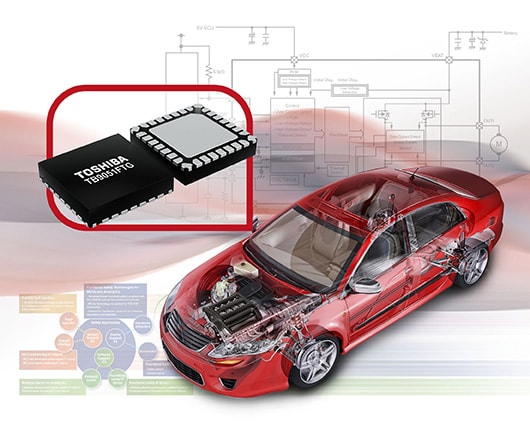- General Top
- SEMICONDUCTOR
- STORAGE
- COMPANY
-
My ToshibaSemicon
- Semiconductor Top
-
ApplicationsAutomotive
Body Electronics
xEV
In-Vehicle Infotainment
Advanced Driver-Assistance Systems (ADAS)
Chassis
IndustrialInfrastructure
BEMS/HEMS
Factory Automation
Commercial Equipment
Consumer/PersonalIoT Equipment
Healthcare
Wearable Device
Mobile
Computer Peripherals
-
ProductsAutomotive Devices
Discrete Semiconductor
Diodes
Transistors
Logic ICs
Analog Devices
Digital Devices
Wireless Devices
※
: Products list (parametric search)
Power SemiconductorsSiC Power Devices
※
: Products list (parametric search)
Isolators/Solid State RelaysPhotocouplers
Digital Isolators
Solid State Relays
Fiber Optic Transmitting Modules
※
: Products list (parametric search)
MOSFETsIGBTs/IEGTsBipolar Transistors※
: Products list (parametric search)
Diodes※
: Products list (parametric search)
MicrocontrollersMotor Driver ICsIntelligent Power ICs※
: Products list (parametric search)
Power Management ICsLinear ICs※
: Products list (parametric search)
General Purpose Logic ICsLinear Image SensorsOther Product ICsOther Product ICs
※
: Products list (parametric search)
-
Design & Development
Design & Development
Innovation Centre
At the Toshiba Innovation Centre we constantly strive to inspire you with our technologies and solutions. Discover how to place us at the heart of your innovations.
-
Knowledge
Knowledge
Highlighted Topics
Further Materials
Other
- Where To Buy
- Part Number & Keyword Search
- Cross Reference Search
- Parametric Search
- Stock Check & Purchase
This webpage doesn't work with Internet Explorer. Please use the latest version of Google Chrome, Microsoft Edge, Mozilla Firefox or Safari.
require 3 characters or more. Search for multiple part numbers fromhere.
The information presented in this cross reference is based on TOSHIBA's selection criteria and should be treated as a suggestion only. Please carefully review the latest versions of all relevant information on the TOSHIBA products, including without limitation data sheets and validate all operating parameters of the TOSHIBA products to ensure that the suggested TOSHIBA products are truly compatible with your design and application.Please note that this cross reference is based on TOSHIBA's estimate of compatibility with other manufacturers' products, based on other manufacturers' published data, at the time the data was collected.TOSHIBA is not responsible for any incorrect or incomplete information. Information is subject to change at any time without notice.
require 3 characters or more.
Rapid motor control development - Hardware
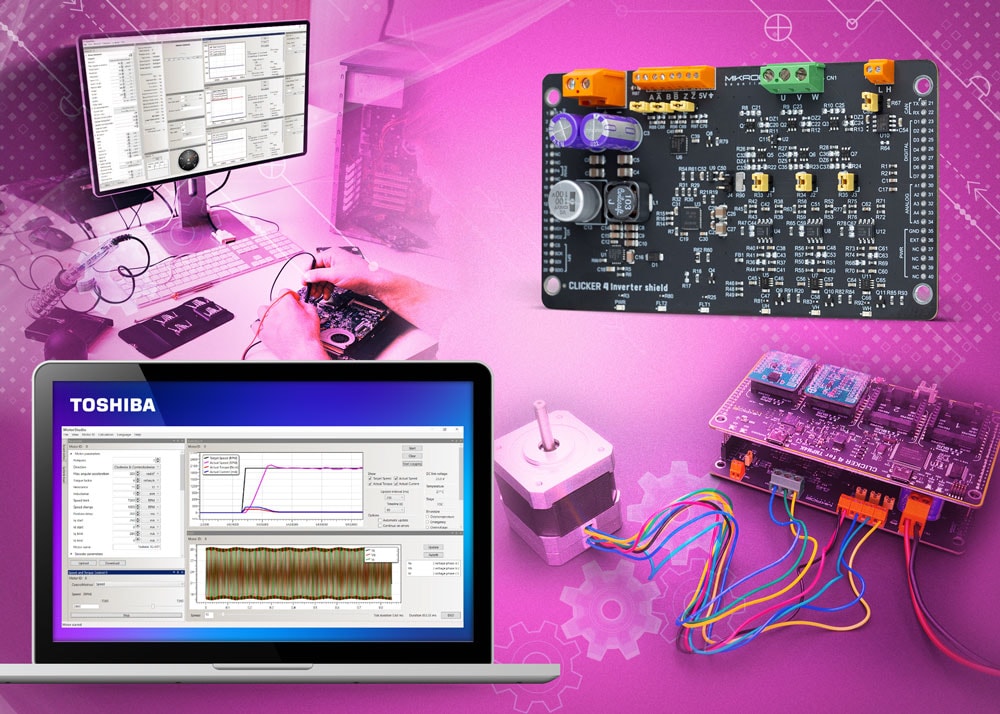
The latest brushless DC (BLDC) motors are more efficient, quieter and, with far less mechanical wear, the lifetime is as much as six times higher. However, driving BLDC correctly can remain a challenge, especially if trying to adopt a complex control algorithm. Fortunately, as motors proliferate, so too do the number of development tools – allowing prototypes to be developed and debugged rapidly.
There are many boards to simplify the integration of sensors, memories, and input controls available, such as those from MikroElektronika. Their Clicker 4 targets BLDC motor control, offering a low-cost yet versatile entry point for prototyping using their well-established mikroBUS interface.
Integral to the board is the TMPM4KNFYAFG microcontroller from Toshiba featuring a 32-bit Arm® Cortex®-M4 core with four peripherals that provide almost “set and forget” support for sensor-based and sensorless vector motor control.
The Advanced Vector Engine Plus (A-VE+) is a highly integrated vector control accelerator for axis and coordinate transformation, space vector modulation, and hardware proportional-integral (PI) control. Once configured, this peripheral can operate almost autonomously.
An Advanced Programmable Motor Control (A-PMD) simplifies control with an array of innovative pulse modulation options. It also provides safe operation with abnormal function detection capabilities.
The Advanced Encoder Input Circuit (A-ENC32) supports both Hall and incremental encoders for six modes of operation in sensor-controlled applications.
Finally, the 12-bit Analog to Digital Converter (ADC) supports current and voltage monitoring, autonomously triggering from the range of A-PMD module signals.
Additionally, the TMPM4KNFYAFG includes many typical microcontroller peripherals, as well as self-diagnostics to meet functional-safety standards such as IEC 60730 class B.
The board has four mikroBUS sockets with industry-standard pinning for functionality ranging from sensor inputs and wireless connectivity to rotary encoders and external memory. More than 400 boards support the standard, and more than 1300 Click boards are available.
Download Toshiba’s motor control whitepaper here:


